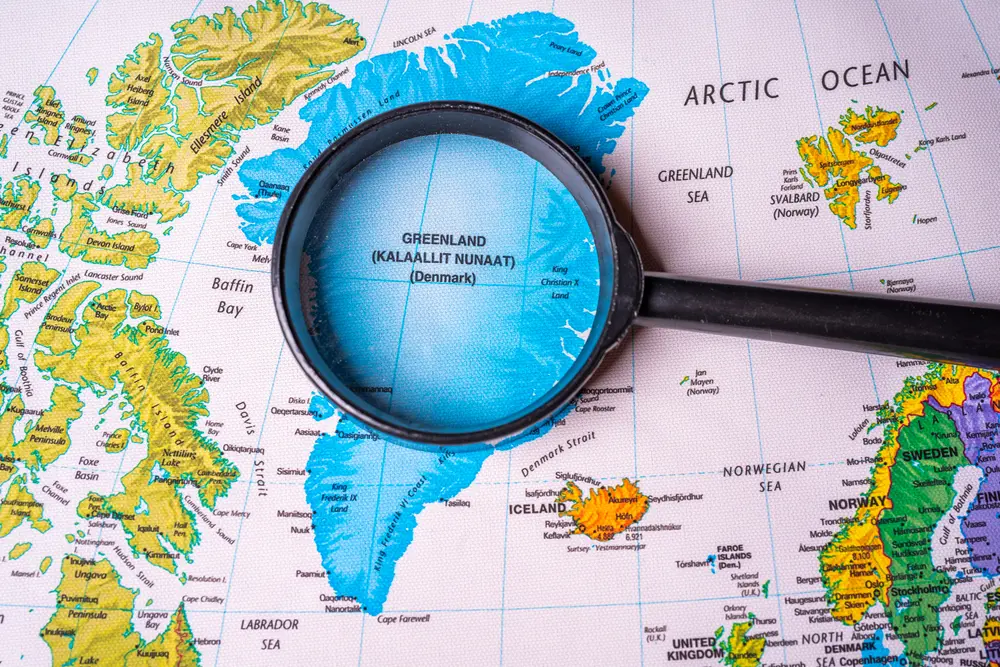
At the moment, the question of who and to what extent will invest in expanding the military presence in Greenland and adjacent waters is a significant one. As well as the fact how the United States, Denmark, and potentially other NATO countries will divide this area of responsibility is also important.
In this context, it is worth noting that Norway, Denmark’s neighbor, appears to be a more reliable and organized ally in the eyes of the US, contributing more to the alliance’s objectives in the Arctic and North Atlantic regions and meeting American expectations. Perhaps for this reason, President Trump, for instance, has not made statements about the need to revisit the Svalbard Treaty of 1920 or questioned Norway’s sovereignty over the Svalbard archipelago, nor sought to gain control over northern Norway.
With regard to patrolling and monitoring in the Arctic, Norway is doing a much better job than Denmark and appears to be a more dependable and organized partner. In March 2017, Norway signed an agreement with the United States to acquire five P-8A Poseidon anti-submarine aircraft. By the beginning of 2025, the Norwegian armed forces have three of these aircraft in their possession, and two others are undergoing technical modernization and adaptation in the US, which is expected to be completed by spring 2025. Additional purchases of American P-8s are also expected from Denmark.
In addition, Norway is actively expanding its satellite coverage of Arctic territories, improving geolocation, and communication, which will enhance its military capabilities. On January 16, 2024, Norway and the US signed an agreement on technological guarantees that will allow the launching of American spacecraft, launch vehicles, and satellites from the Norwegian spaceport on Andøya Island, which officially opened in November 2023.
At the same time, Denmark and Norway differ in their approach to the “Russian threat”. While Denmark focuses on strengthening its armed forces and investing in military supplies for Ukraine, Norway emphasizes cooperation with the Faroe Islands and Greenland.
In her New Year’s speech, Mette Frederiksen emphasized that even if a peace agreement is reached between Russia and Ukraine, the Russian leadership will continue to try to remake Europe according to its vision. She also noted that investments in the Danish military are necessary and will become more important in the future.
A former Danish diplomat commented that this approach lacks a willingness to engage in dialogue and build bridges with other countries. Instead, it focuses too much on military supplies for Ukraine and not enough on Denmark’s own interests in the Arctic region. The speech by the head of Norway’s government, Jonas Gahr Støre, focused on family, children’s rights, youth support, and preparing for crisis situations. He emphasized that Norway was providing not only military assistance but also humanitarian aid to Ukraine. His speech, compared to other northern countries, seemed more “domestic” and focused on Norway itself rather than international crises. This is surprising, considering that Norway remains a key player in NATO’s efforts to expand into the Arctic and train allied forces for combat in cold temperatures.
The United States, in conducting a dialogue with Denmark, may blame Copenhagen for the example of neighboring Norway, and expect a similar level of commitment to military efforts in the Arctic. This is because Denmark is currently engaged in negotiations with Finland and Sweden about the joint purchase of GlobalEye long-range radar detection and control aircraft, manufactured by the Swedish company Saab. During an interview with the Finnish newspaper Iltalehti on January 12, 2025, Swedish Defense Minister Pål Jonson reported on these negotiations, which he said have seen significant progress from the Danish side. The US may see this as an indication of Denmark’s willingness to increase its military presence in the region, and may use it as a basis for further discussions and cooperation.
The degradation of the armed forces in the Arctic is leading to a lack of material and technical resources, which results in the deterioration and frequent breakdowns of military equipment. This is causing Denmark’s ability to conduct search and rescue operations in the vast North Atlantic and Arctic territories to weaken, although so far, tragedies and uncontrolled emergencies have been avoided.
One of the four CL-604 Challenger reconnaissance aircraft that the Danish Air Force needs to keep ready for search and rescue missions under the Arctic Command’s leadership in Greenland was available for only 239 days in 2023 and 203 days in 2024. In previous years, the situation has been even more unsatisfactory. In 2022, the aircraft was only available for 171 days; in 2021, it was 275 days, and the worst result was recorded in 2017, with only 126 days available.
A similar situation has also developed with the Tethys and Knud Rasmussen-class patrol ships that patrol the sea areas around Greenland and the Faroe Islands. In January 2024, Danish media reported that two of three Knud Rasmussen-class inspection vessels had a faulty navigation system since they were commissioned into the Navy in 2008 and 2009. This rendered the naval guns mounted on them inoperable. Later, in February 2024, two more ships of the same class experienced problems with their electric motors. This incident occurred at a time when Denmark has been criticized for its late fulfillment of promises regarding monitoring and maintenance of its sovereignty over Arctic and Antarctic territories.
In this regard, the decision to establish a base for long-range drones in Danish Aalborg in October 2024, rather than on Greenland’s territory, has been met with significant controversy among Greenlandic authorities. Although the Arctic Defense Agreement, adopted in February 2021, states that new investments should create jobs, support local workers, and contribute to economic growth in Greenland and the Faroe Islands, this has not improved the situation. Predictably, the decision has provoked the anger of Greenland’s representatives in the Danish Parliament, who were not consulted during the process. This decision does not benefit Greenland’s economic interests, contradicting agreements reached with Denmark in May 2022, which stated that infrastructure for drone operations should be located both in Denmark and Greenland.
to be continued










Comments